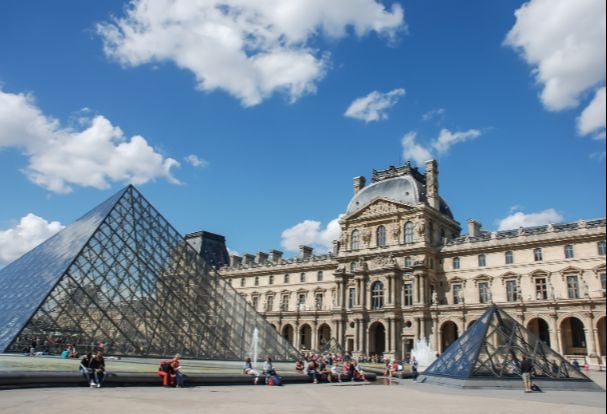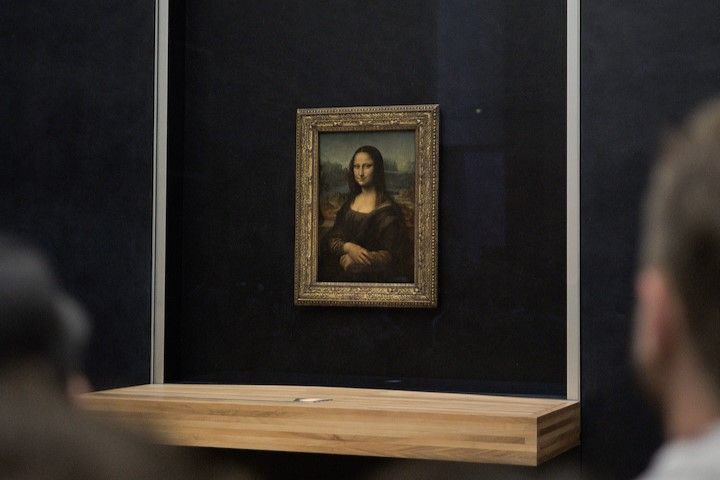The departments and collections of the Louvre Museum

The Louvre Museum has 10 different departments. Although some have existed since the beginning, others were only recently created, such as the Department of Islamic Arts.
The Louvre’s paintings collection
The Louvre Museum’s Paintings Department is famous as the home of the Mona Lisa, just one of the 7,000 works on display. Monumental and emblematic works from western culture are exhibited at the Louvre. This is the most popular part of the museum. The decision was made to show the works by school: French, Italian, German, English, Flemish, and Dutch. The collection also features Scandinavian works.
The Egyptian Antiquities of the Louvre Museum
The Louvre’s Egyptian collection is one of the most extensive in the world. It gives an insight into the lives of the Ancient Egyptians, for nobility and priests, as well as for ordinary people. The first director of this department was the famous Jean-François Champollion, who solved the mystery of the hieroglyphs in 1822.
Greek, Etruscan and Roman Antiquities
The French crown began to collect ancient works in the 16th century. The Greek, Etruscan and Roman Antiquities collection has been added to over the course of history. The department has hardly changed since it was first set up when the museum was founded. Only a little reorganization enabled it to be extended, most recently in 1997 to take in the ancient stables established for Napoleon III.
Near Eastern Antiquities
The Department of Near Eastern Antiquities covers a vast geographical area from North Africa to the Indus river over a period of 6 millennia. The layout of the 25 rooms between the Richelieu and Sully wings has changed greatly since the first installations. Today, great importance is placed on the understanding of the works and the original context in which they were presented at the time.
Sculpture at the Louvre Museum
The Louvre is home to a collection made up primarily of French sculptures. In the 1990s, the works were separated. The French ones are on display in the Richelieu wing, while foreign sculptures can be seen in the Denon wing.
Decorative Arts at the Louvre
All kinds of pieces are on display in the Decorative Arts collection, covering the whole spectrum, from tapestry to goldsmithery, from stained glass to ceramics. Originating from the whole of Europe, many from France, they date from the Middle Ages to the end of the Second Empire.
Islamic Arts
The Department of Islamic Arts was established in 2003. However, works linked to this movement were in France’s possession long before that. In medieval times, the French crown already had oriental treasures, many acquired during the Crusades. Since 2011, the department has been set up in Visconti Courtyard.
The Louvre Museum’s collection of graphic arts
This is the leading collection of drawings in the world. There are 140,000 pieces in the Louvre’s catalog, which is enhanced by monumental gifts like the one in 1935 from the heirs of Baron Edmond de Rothschild. Due to the fragility of the drawings and the difficulties involved with displaying them, it is unfortunately the least well known part of the museum.
Making your way through all of the departments requires some patience. The huge collections are what make the museum what it is, but unfortunately this means that visitors have to choose which parts to visit. So you don’t miss anything, why not book one of Pariscityvision's Louvre tours. Undoubtedly the best way to tackle the Louvre Museum the first time. There’s nothing to stop you coming back to explore your favorite parts further!


